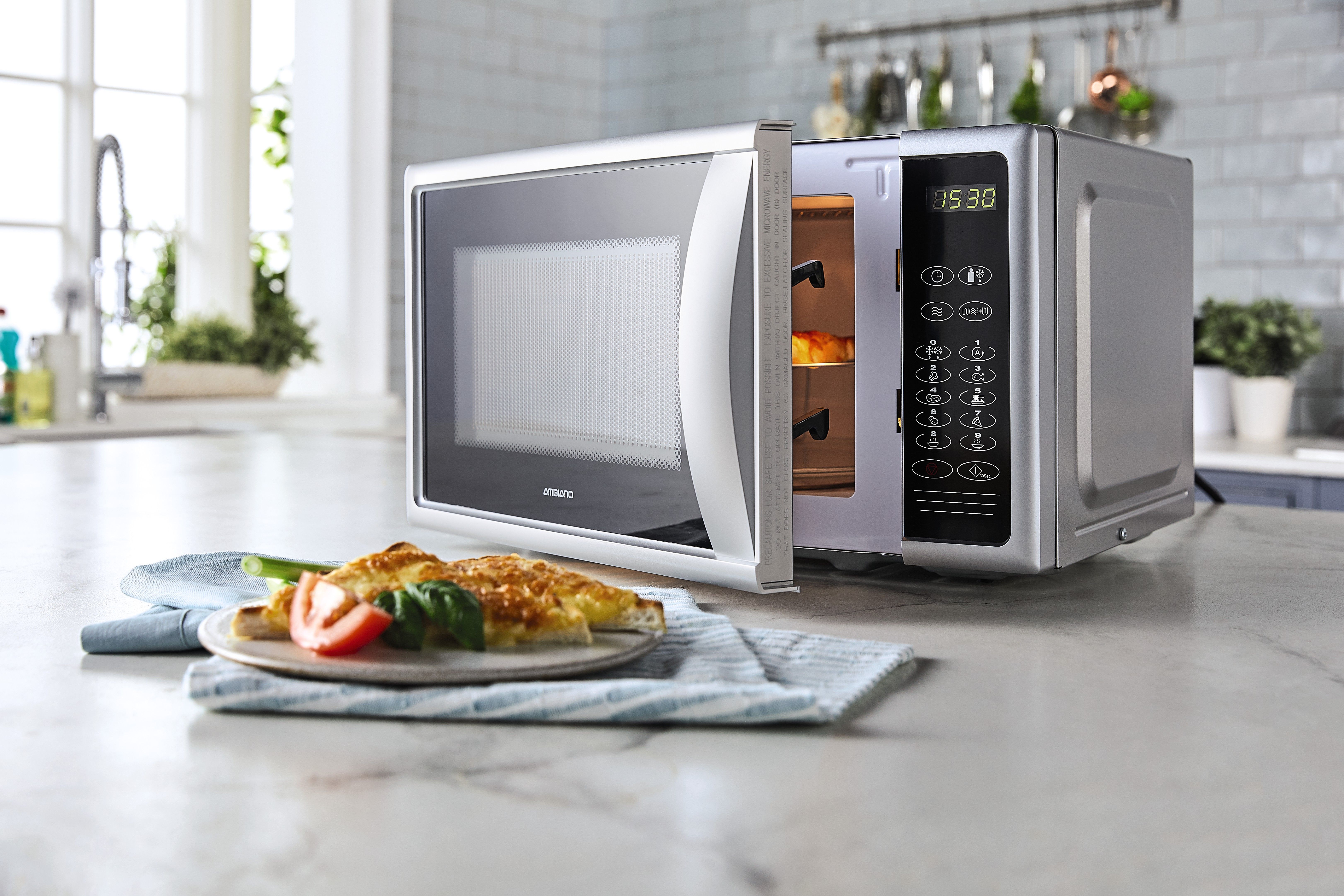

The right size for a kitchen depends on the available space and intended use. Microwave capacities range from 0.5 cubic feet to 2 cubic feet, though some extra-large-capacity microwaves offer more than 2 cubic feet. Microwave size can vary widely depending on the capacity.

Many range from 17 to 22 inches high and 20 to 25 inches deep. Many built-in microwaves come in 24-, 27-, or 30-inch widths to align with standard cabinet widths. It needs to fit into the cabinet space with enough ventilation space for safe operation. Ensuring the right size is very important when choosing a built-in microwave. Size and CapacityĪ microwave size refers to the entire dimension of the unit, while the capacity describes the interior cooking space.
BUILT IN MICROWAVE PROFESSIONAL
Consult the user guide or a professional installer to check if this is the case with a chosen model. Sharing the same circuit as another major kitchen appliance can affect performance. Some run at around 1,200 watts for consistent and even cooking and heating.ĭepending on their wattage and power consumption, some built-in microwaves require their own dedicated circuit. However, higher wattage can come with a higher price tag, but these models usually have a higher wattage, too. If it has more than 1,000 watts, it is more powerful and has faster cooking times. Lower-wattage microwaves tend to be slower and may not heat evenly. A microwave that has more than 800 watts is usually adequate heating power for most needs.
BUILT IN MICROWAVE FULL
This allows for a uniform look and the full functionality of the two separate appliances.Ī higher wattage typically means higher cooking power, as well as faster and more even heating. Oven-microwave combos combine a standard-size oven and microwave into one handy appliance, often with the microwave stacked on top of the oven.This operation works similarly to an oven to brown, crisp, and bake instead of only heating up the water molecules in food. Their convection feature has a heating element and a fan to circulate hot air. Beyond the typical microwave settings like simple reheating and cooking, these microwaves can roast, bake, brown, and crisp foods. Convection microwaves offer convection cooking that works similarly to baking or roasting in an oven.They are ideal for reheating, cooking, and thawing food, but these microwaves cannot brown or bake recipes. They work by heating up the water molecules in food via electromagnetic radiation. Conventional microwaves are the most common type of microwave.There are a few different types of microwaves to consider: conventional, convection, and oven-microwave combos. Among the many features to consider, the most important may be the installation space, cooking needs, microwave design, cooking settings, and size specifications when choosing the best built-in microwave for a kitchen. Unlike countertop microwaves, built-in microwaves need to be the right fit for a kitchen. Photo: What to Consider When Choosing the Best Built-In Microwave ALSO CONSIDER: Panasonic Microwave Oven with Cyclonic Wave.BEST UNDER-COUNTER: Sharp SMD2470AS Microwave Drawer Oven.BEST LARGE: Frigidaire Gallery 2.2 cu.BEST SMALL: RecPro RV Stainless-Steel Microwave.
BUILT IN MICROWAVE UPGRADE
UPGRADE PICK: Panasonic Home Chef 4-in-1 Microwave Oven.BEST BANG FOR THE BUCK: Panasonic Built-In Microwave Oven.Read on to learn more about important features to consider when shopping for the best built-in microwave, and find out why these models are some of the best on the market. Built-in microwaves mount onto a wall, where they blend seamlessly into their surroundings without taking up any counter space.īuilt-in microwaves quickly and evenly reheat and cook food just like their countertop counterparts do. Microwave ovens are indispensable for meal prep, but these kitchen appliances don’t need to take up precious real estate on the countertop.


 0 kommentar(er)
0 kommentar(er)
